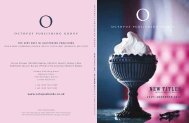SURPRISING TEXTILES, DESIGN & ART - exhibitions international
SURPRISING TEXTILES, DESIGN & ART - exhibitions international
SURPRISING TEXTILES, DESIGN & ART - exhibitions international
You also want an ePaper? Increase the reach of your titles
YUMPU automatically turns print PDFs into web optimized ePapers that Google loves.
BIofacturE 2050 BIofacturE 2050E<br />
Soie de marie<br />
16<br />
how dId wE gEt thErE?<br />
More than a decade ago, we developed the<br />
knowledge to produce biopolymers fibres made<br />
from corn, crab shell, and even milk. These<br />
were produced from natural raw materials<br />
enhanced by chemical manipulations. Then,<br />
came the spider goat, produced by Nexia Bio-<br />
Technology, a goat genetically re-engineered<br />
with a spider gene. The intention there was to<br />
use the milk from that goat to produce a biopolymer<br />
fibre with some of the characteristics<br />
of a spider silk. A spider can produce a biodegrable<br />
[biodegradable] fibre six times stronger<br />
than Kevlar at ambient temperature, without<br />
toxic chemical by-products or energy hungry<br />
machinery. So spiders have become a symbolic<br />
inspiring model of nature, and for decades now<br />
scientists have attempted to reproduce spider<br />
silk artificially. Synthetic biology has just taken<br />
this quest a step further. All of this is now possible<br />
because we can combine the language of<br />
DNA sequencing (A, C, T, G) with the 1s and<br />
0s of computer programming. In terms of<br />
textiles, we are familiar with Computer Aided<br />
Design (CAD), and Computer Aided Manufacture<br />
(CAM). 21st century technology has now<br />
enabled us to enter the next phase: Computer<br />
Aided Biofacture (CAB) or computer programmable<br />
biological ‘manufacturing’.<br />
Carole collet<br />
whErE do wE go from thErE?<br />
Synthetic biology has the potential to radically<br />
disrupt our design and manufacturing models.<br />
This is not science fiction: these so called synthetic<br />
bacteria and plants are still in science<br />
labs, but they are being developed rapidly and<br />
benefit from massive injection of public and<br />
private funding. So what about the ethical dimension<br />
of such extreme technology? Some argue<br />
that in the current ecological crisis, living<br />
technology can enable us to produce more sustainable<br />
materials at ambient temperatures,<br />
without using harsh chemicals and generating<br />
toxic by-products. But until 2010 we had never<br />
created a technology that had the capacity to<br />
self-replicate. Can we really be in control of<br />
these new living organisms, or have we opened<br />
Pandora’s box? And what becomes of the designer<br />
in a future where everything is reduced<br />
to programmable coding, even the living?<br />
●<br />
Carole Collet,<br />
Reader In Textile Futures, TFRC, Central Saint Martins College,<br />
University of the Arts London.<br />
17






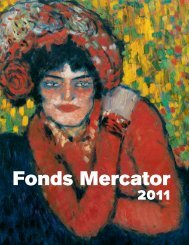
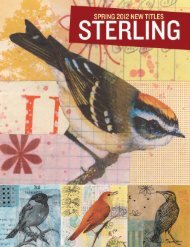
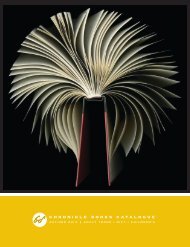
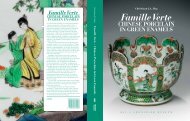
![01 -[BE/INT-2] 2 KOL +UITGEV+ - exhibitions international](https://img.yumpu.com/19621858/1/184x260/01-be-int-2-2-kol-uitgev-exhibitions-international.jpg?quality=85)






